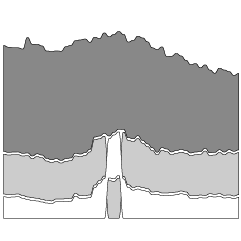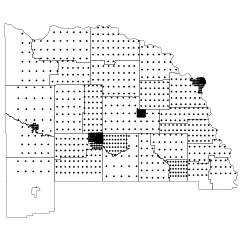To teach, learn, and measure the process of analysis more concretely, Lucy D’Agostino McGowan, Roger D. Peng, and Stephanie C. Hicks explain their work in the Journal of Computational and Graphical Statistics:
The design principles for data analysis are qualities or characteristics that are relevant to the analysis and can be observed or measured. Driven by statistical thinking and design thinking, a data analyst can use these principles to guide the choice of which data analytic elements to use, such as code, code comments, data visualization, non-data visualization, narrative text, summary statistics, tables, and statistical models or computational algorithms (Breiman 2001), to build a data analysis. Briefly, the elements of an analysis are the individual basic components of the analysis that, when assembled together by the analyst, make up the entire analysis.

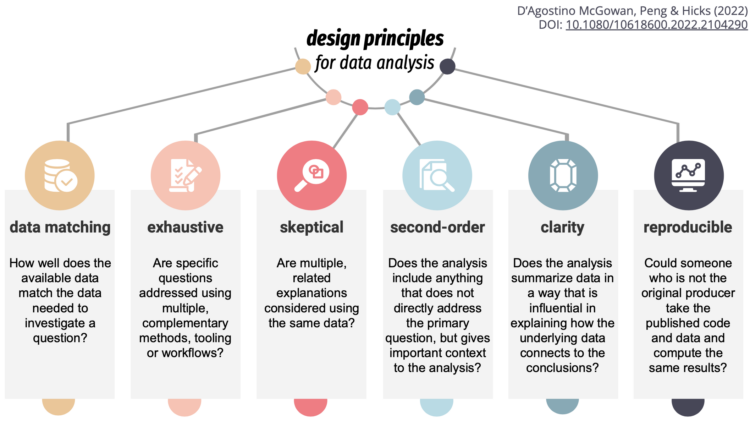
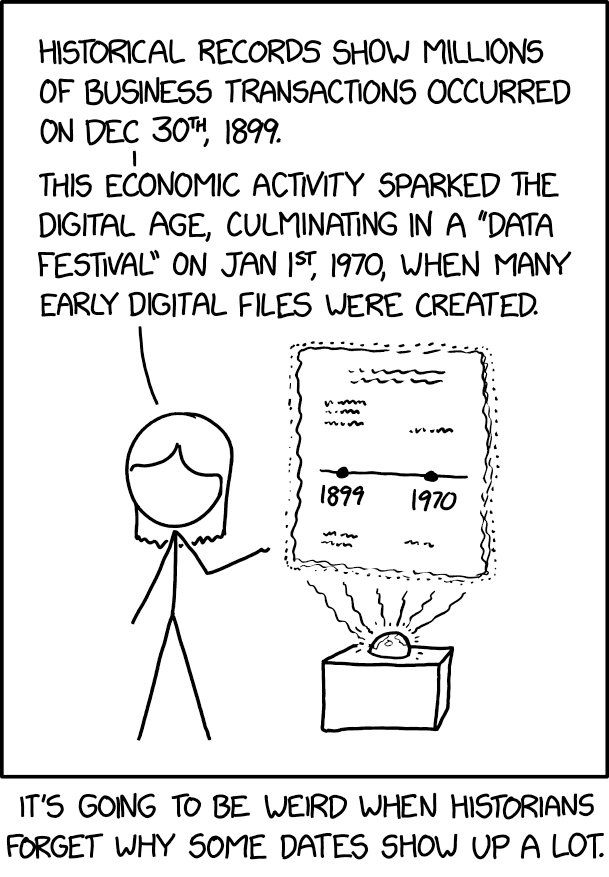
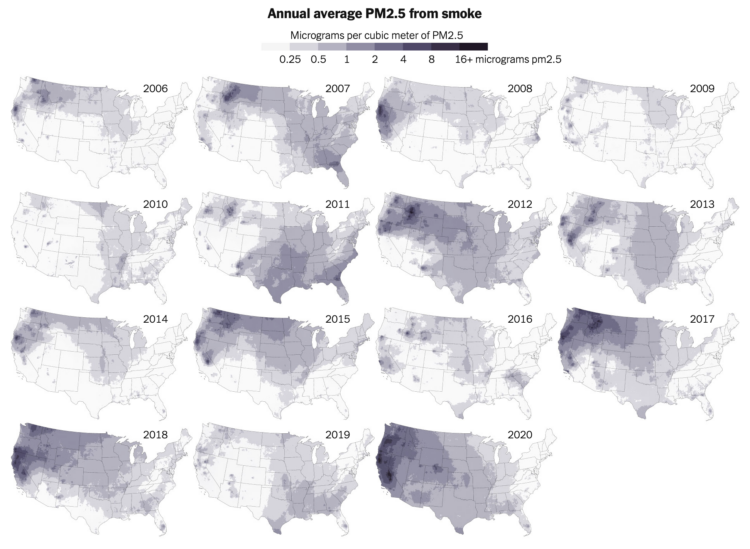
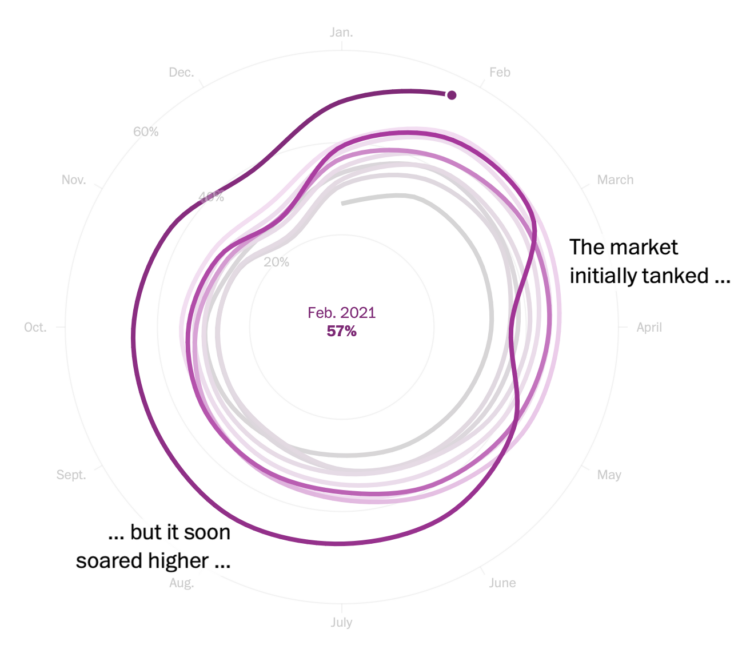

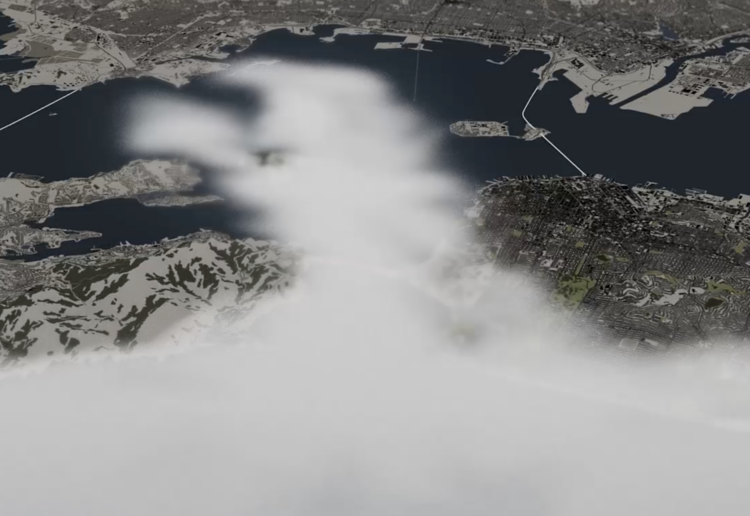


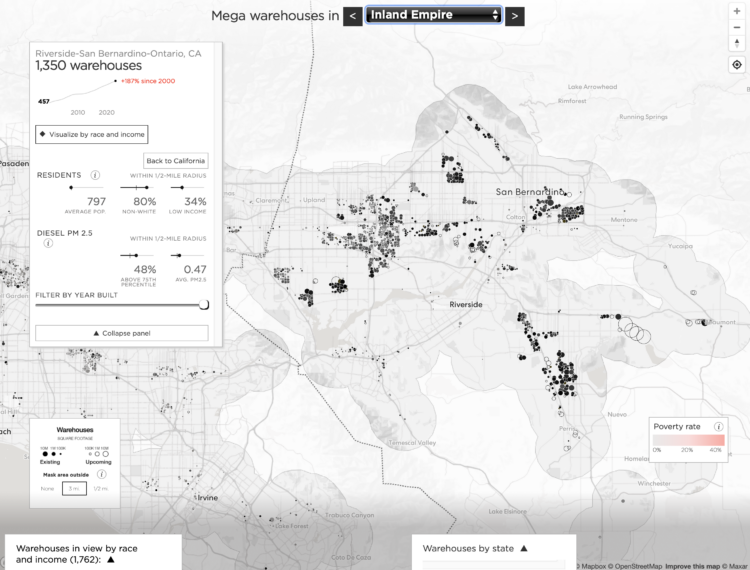
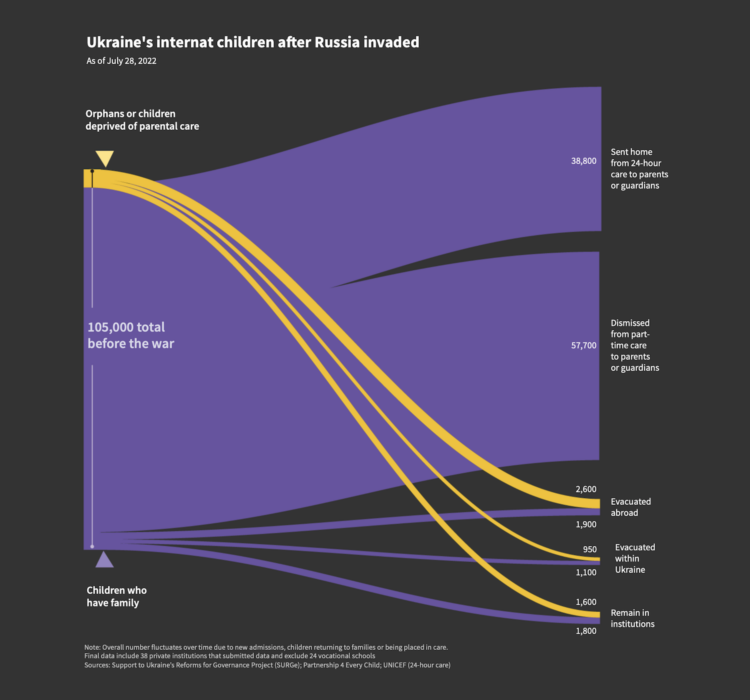
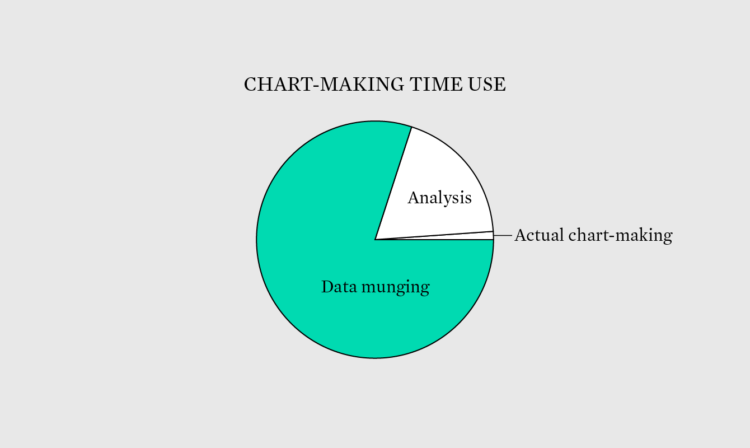
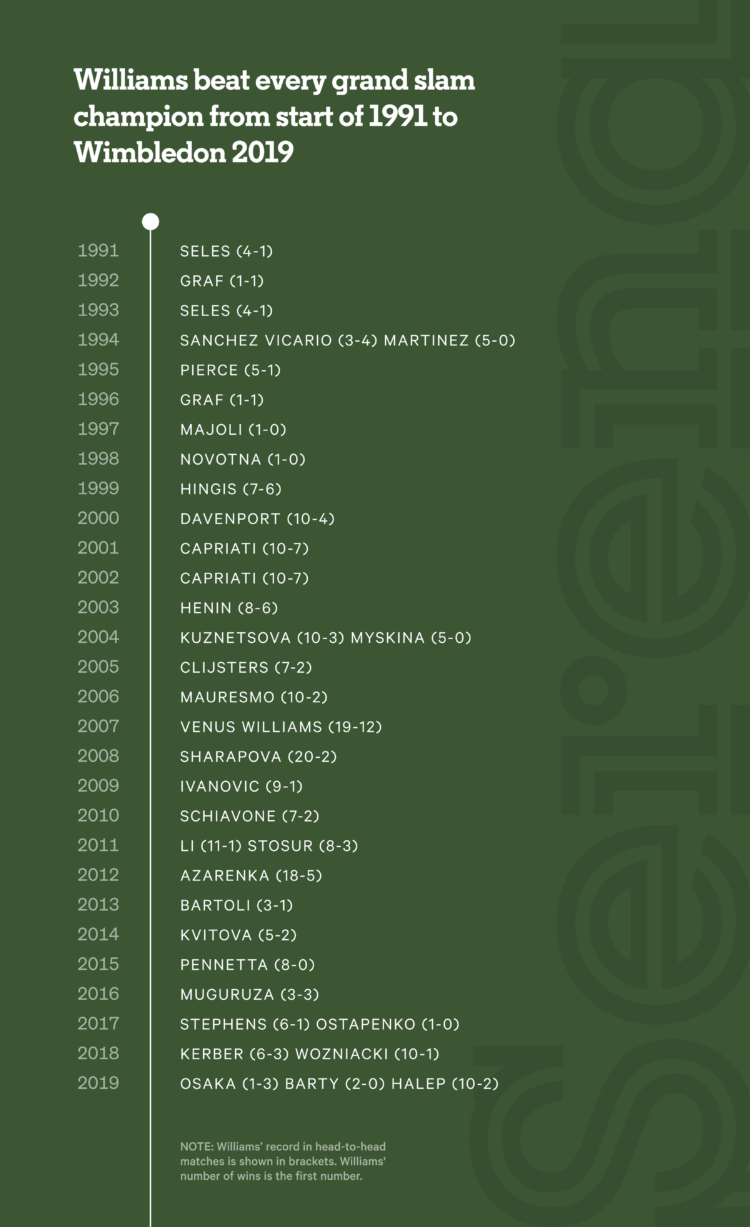

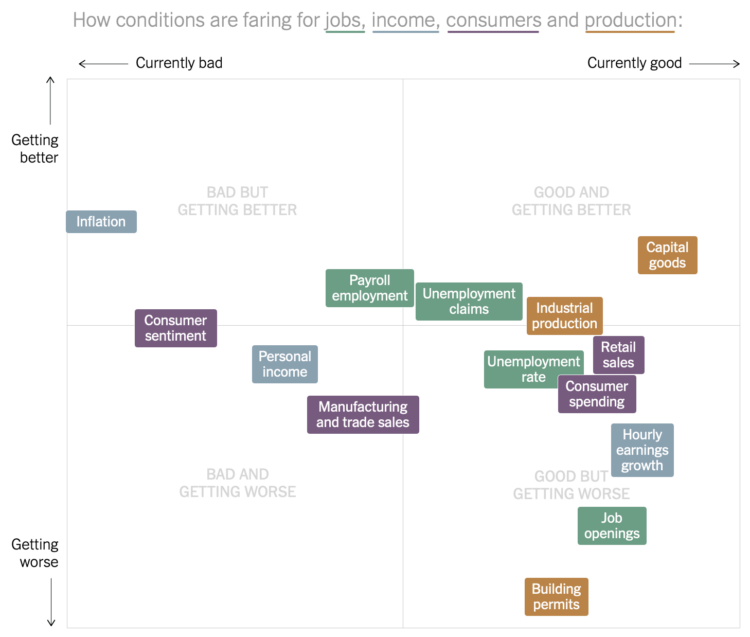
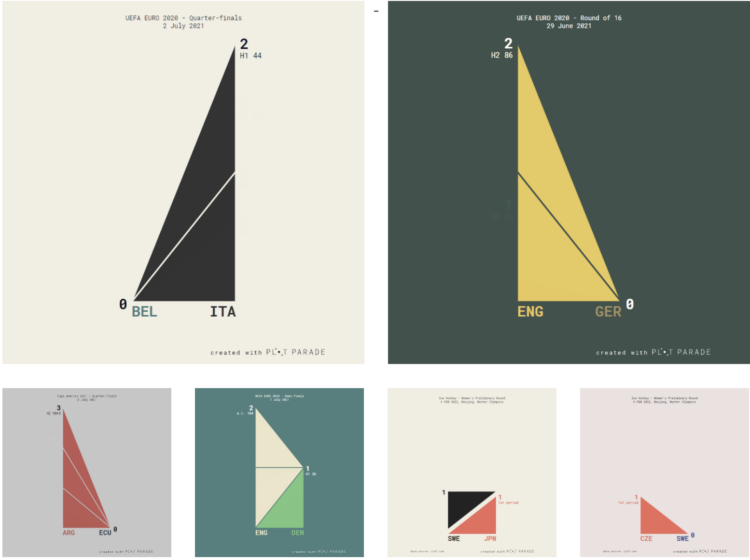

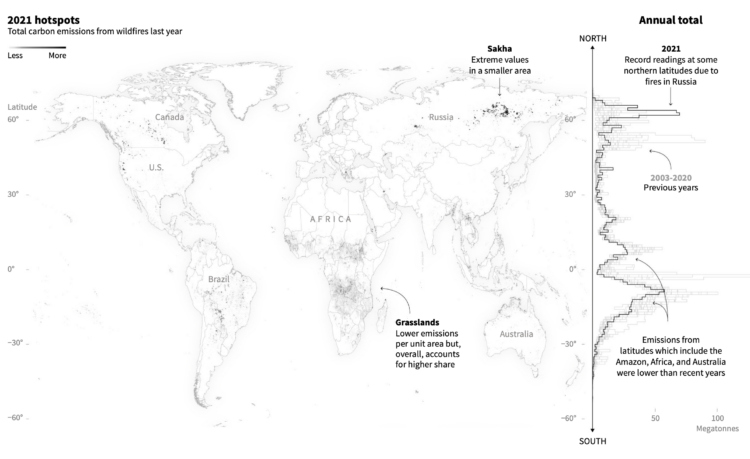

 Visualize This: The FlowingData Guide to Design, Visualization, and Statistics (2nd Edition)
Visualize This: The FlowingData Guide to Design, Visualization, and Statistics (2nd Edition)








